The following content is accessible for members only, please sign in.
Loading…
Contents
| · Introduction |
| · What is the difference between peanuts and tree nuts? |
| · What is Anaphylaxis? |
| · What are the symptoms of a severe allergic reaction? |
| · Who is responsible |
| · Who is at risk? |
| · What are the risks? |
| · Control Actions and Guidance to Consider |
| · Managing Hazel and Walnut trees for nut production |
| · What to do in an emergency / severe allergic reaction |
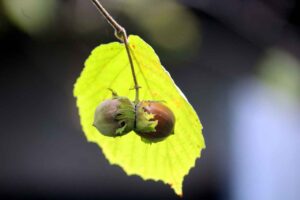
Introduction
If you are looking for advice on treating a severe allergic reaction look here:
We are not as a community risk-averse, but severe allergic reactions can be scary, fatal and appear to be a risk we cannot see or adequately prepare for. Anaphylaxis can be a serious issue and we are often asked at FSA HQ for advice/guidance on tree nuts, because of the position and abundance of nut-producing trees in or around our Forest School classrooms. Thankfully there are several excellent websites with up to date materials available. One of these is the Anaphylaxis Campaign which can be found here:
What is the difference between tree nuts and peanuts?
A peanut is a legume, and as such is related botanically to foods such as peas, beans, gorse, and lentils. Tree nuts are in a different botanical category and include almonds, hazelnuts, walnuts, cashew nuts, pecans, Brazil nuts, pistachios, and macadamia nuts. Of these only hazel and walnuts are common in the British woodland. Surprisingly chestnuts are not considered tree nuts, but more the product of a tree in the Beech family, and Acorns which are not strictly speaking a tree nut either but both have been reported (extremely rarely) as having triggered allergic reactions when eaten. There is little to no information on beech nuts in the UK but they are mentioned in American literature as a potential cause of allergens, so care should be taken and children with allergies should be tested by a professional as with any other nut before casual exposure.
….. Members should log into their account to read the rest of the guidance note
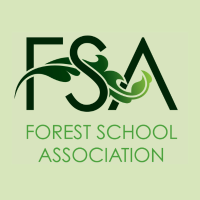
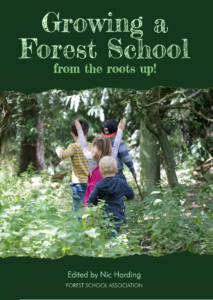
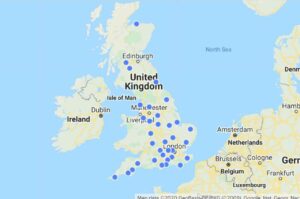
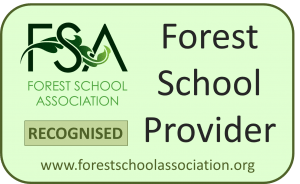
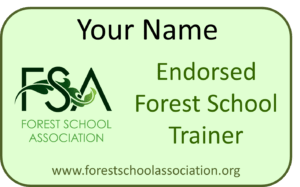
Thank you, Nic, This is a much needed resource. Lots of information on a subject which causes many people sleepless nights. Clearly explained and useful links.